Twins at home mean double the energy, double the questions, and double the moments you just want a calm minute. Here is why I made this post. I wanted to share practical, kind discipline ideas that actually fit two kids at once. I tried many tactics in real life and kept what worked in busy homes. You won’t find fancy theory here; you will find steps you can try tonight.
Here is Who it’s for. If you’re raising twins and you care about fair rules, warm routines, and fewer power struggles, this is for you. Whether you’re a mom, dad, or guardian juggling two little people, you deserve a toolbox that fits two. This guide is built for your family’s unique rhythm.
1. Establish Individuality
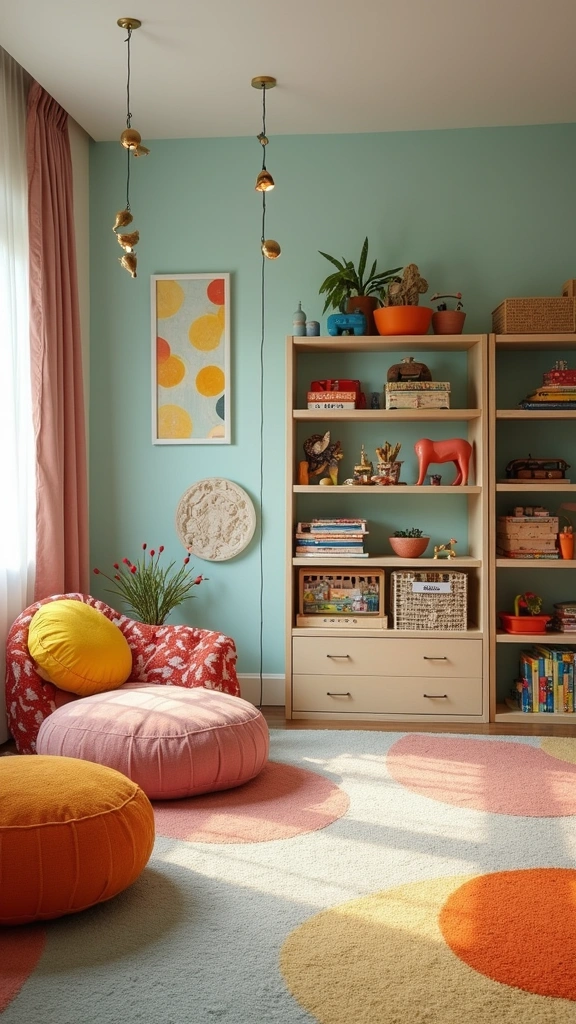
Your twins are two people, not one duo. Discipline works best when you honor their fits and feeds their minds. Treat each child as a separate person.
– Encourage separate hobbies: let each twin try a theme they love. One may love drawing, the other bikes. This builds self-esteem.
– Use separate rewards: pick rewards that fit each win. A sticker for one goal, a small outing for another.
– Set personal goals: help each twin pick a milestone they can hit on their own.
When you celebrate differences, you cut compare and boost confidence. They feel valued for who they are.
1. Establish Individuality
Editor’s Choice
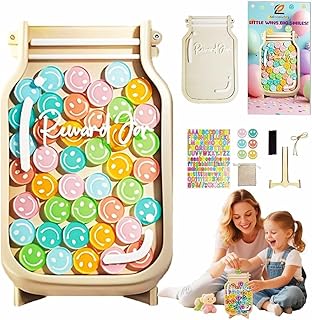
Kids Reward Jar & Behavior Chart – Classroom & Home Potty Training Chart…
 Amazon$8.99
Amazon$8.99
Arts & Crafts Supplies Kits & Materials Set for Kids, Toddler – Carl & Kay
 Amazon$16.97
Amazon$16.97
JOYSTAR Kids Bike for Ages 2-12 Years Old Boys Girls, 12-20 Inch BMX Sty…
 Amazon$99.99
Amazon$99.992. Create a Joint Set of Rules
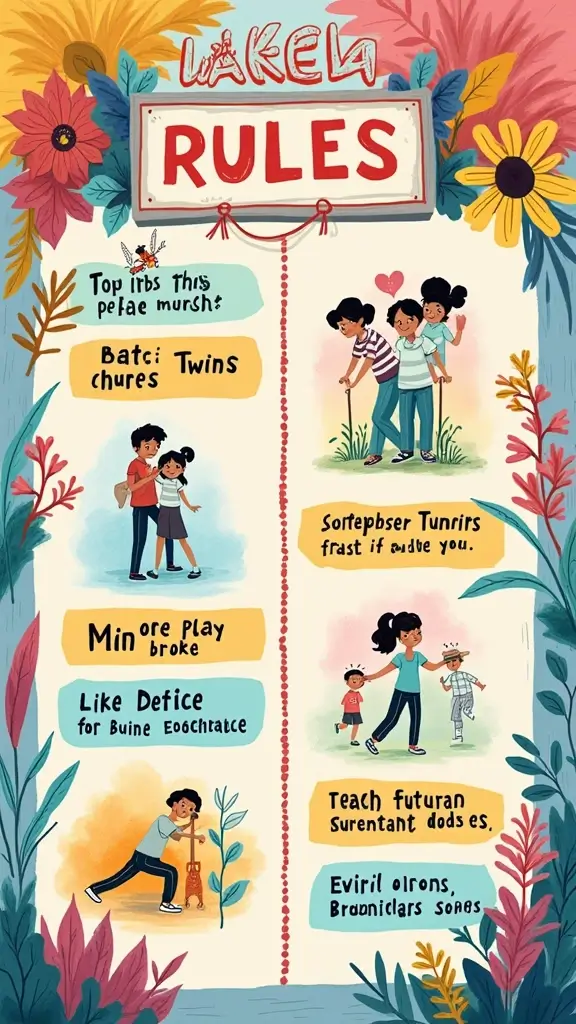
Struggling to keep twins on the same page? A set of rules can make life easier for you and your kids. When you create rules with your twins, they own their behavior.
– Involve them in rule‑making: Gather your twins, brainstorm a few clear rules, and write them together. This builds ownership.
– Keep it simple: Use short words and phrases. Fewer words mean fewer excuses.
– Visual reminders: Create a colorful chart or draw pictures next to each rule so they can see it every day.
A joint rules list builds accountability and teamwork, helping twins cooperate and feel respected.
2. Create a Joint Set of Rules
Editor’s Choice

Extra Large Chalkboard Peel and Stick Paper 9 Feet roll (108 inches) + (…
 Amazon$11.99
Amazon$11.99
D4DREAM Classroom Rules Poster – 11.2”x16.5” Colorful Classroom Educat…
 Amazon$6.99
Amazon$6.99
Magnetic Dry Erase Board Fridge White Board Sheet 20×13 inch, Flexible L…
 Amazon$11.96
Amazon$11.963. Foster Teamwork
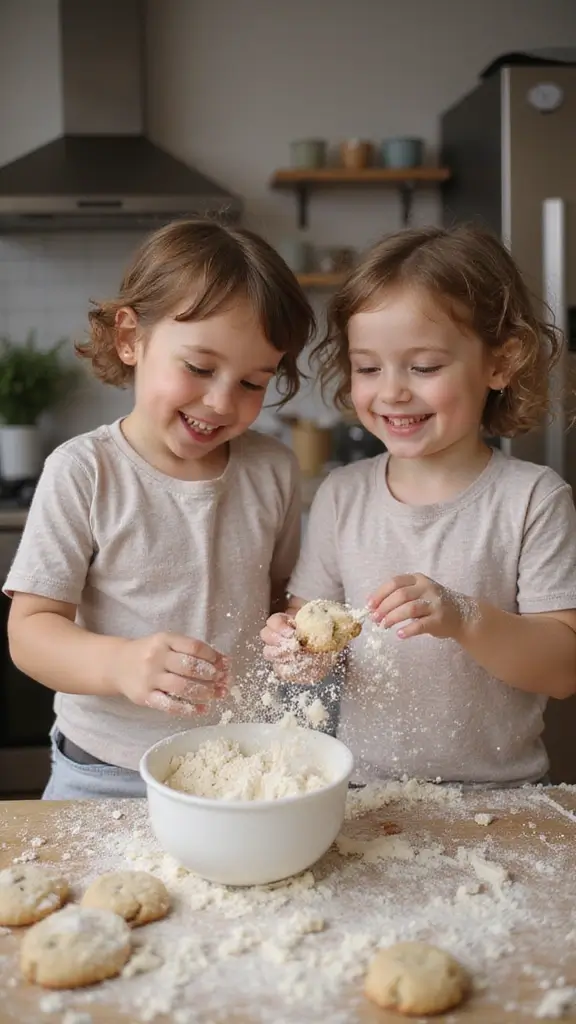
You’re aiming for calmer days with twins. Here is why teamwork helps. It reduces daily fights and teaches them to solve problems together. They learn to talk through plans instead of arguing. When they work side by side, their bond grows and small disputes fade.
– Collaborative chores: Choose tasks that need two hands, like picking up toys or wiping the table.
– Team-based rewards: Offer a joint reward when they finish together, such as a movie night.
– Shared projects: Pick a project they can plan and do as a team, like baking cookies.
Next steps: try one approach this week and notice fewer fights, more teamwork, and warm smiles.
3. Foster Teamwork
Editor’s Choice

Magnetic Dry Erase Chore Chart – 14.5″x11″ Chore Chart for Kids, Teens a…
 Amazon$9.99
Amazon$9.994. Time-Outs—Together or Apart?

If your twins fight a lot, time-outs can help. Pick a plan that fits them.
– Time-out together works when they both need to cool down after a quarrel.
– Time-out apart helps when heat and loud voices keep them from listening.
Put each child in a quiet spot with clear rules.
After the break, talk briefly about what happened.
Let them name their feelings.
Then reunite with a quick hug or a simple activity.
Time-outs teach self-control and better talking.
Keep it brief, steady, and fair.
Consistency helps twins learn the rule.
Do this in calm moments too.
Practice it this week and notice the shift.
It won’t fix big problems alone.
4. Time-Outs—Together or Apart?
Editor’s Choice

Finished Kids Time out chair, Children’s Timeout chair, Naught spot chai…
 Amazon$59.99
Amazon$59.99
Lachilly Emotions Learning Flashcards, High Frequency Words, Beginning R…
 Amazon$6.99
Amazon$6.99
No-Drama Discipline: The Whole-Brain Way to Calm the Chaos and Nurture Y…
 Amazon$14.76
Amazon$14.76
5. Use Storytelling as a Tool

You want lessons that stick when your twins quarrel or struggle to share. Storytelling can help. It makes ideas real and easy to replay in daily life.
– Personalize stories: Put your twins in the tale. Their names light up the moment they hear them.
– Use morals: Pick clear messages like kindness or fair play. A simple ending shows what to do next.
– Interactive storytelling: Pause and ask what happens next. Let them act out parts with simple pretend play.
This approach grows empathy and sparks imagination. Here is why it works. Next steps: pick a two-minute scene tonight, tell it once, then invite a twist from them.
5. Use Storytelling as a Tool
Editor’s Choice

The Oracle Story Generator: Boxed Set -5e RPG Storytelling Cards, 300 Th…
 Amazon$45.67
Amazon$45.67

Born Toys Dress Up & Pretend Play Kids Costumes Set Ages 3-7, Washable K…
 Amazon$137.95
Amazon$137.956. Develop a Reward System
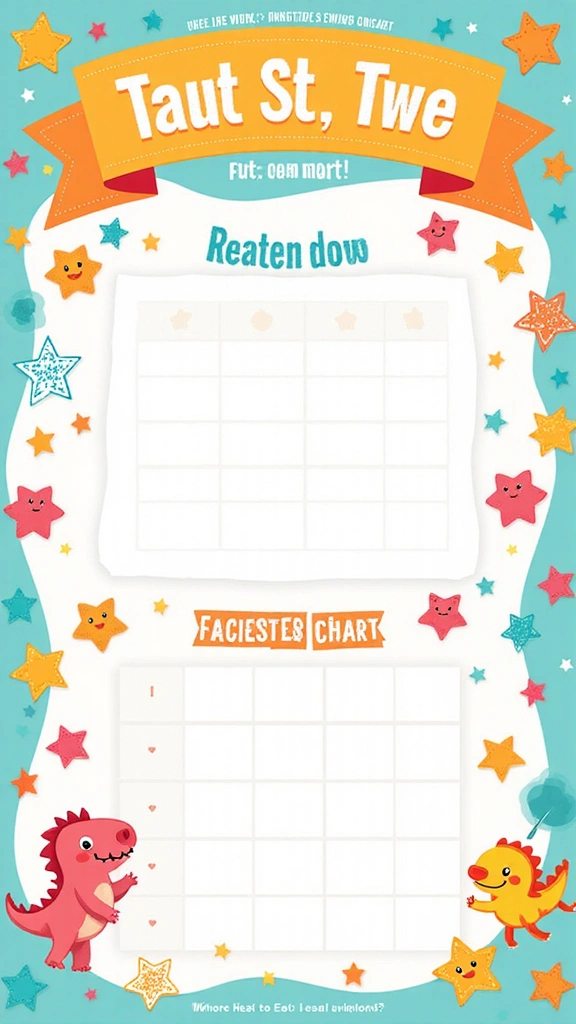
You want better behavior from your twins without constant reminders. Here is why a simple plan helps.
A simple plan can help you both win.
– Personalized rewards: Tailor prizes to each child. One loves stickers; the other earns extra park time. Choose what they value.
– Use a reward chart: Make a bright chart with their names. Add a sticker for every good moment. When a row fills, pick a bigger reward they helped decide.
– Celebrate together: When a goal is met, pause and cheer. Clap, high five, or snap a quick photo. It teaches cooperation and pride.
Next steps: put the chart where all can see it. Review daily and keep rewards fair.
6. Develop a Reward System
Editor’s Choice

Utron 80 Pack Reward Chart for Kids, Incentive Chart Behavior Chart for …
 Amazon$7.99
Amazon$7.99
Carson Dellosa 120 Inspirational Stickers for Kids, 6 Sheets of Incentiv…
 AmazonEUR 2.55
AmazonEUR 2.557. The Power of Positive Reinforcement
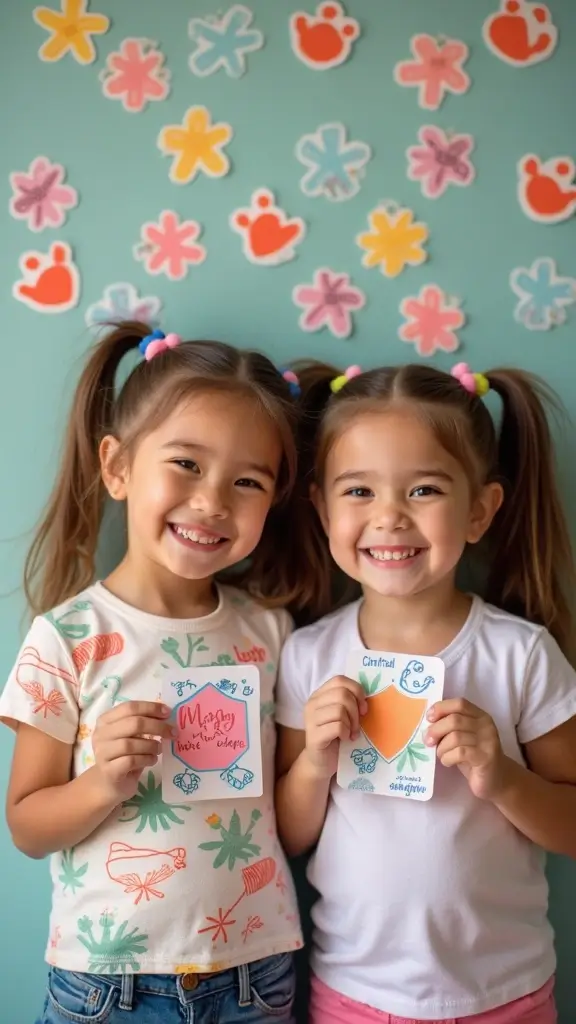
You want twins who respond to praise, not fear. Positive reinforcement helps you reach that goal. It spotlights good acts and shows what you value. Here is how to use it.
– Catch them being good: praise sharing, helping, or taking turns.
– Use specific feedback: say exactly what you liked, like “I loved how you shared your toy with your sister.”
– Keep it fun: add simple charts, stickers, or a small treat to celebrate a kind moment.
This method strengthens their bond and builds self-esteem. Next steps: try a two-week plan and note what works for your twins.
7. The Power of Positive Reinforcement
Editor’s Choice

Utron 80 Pack Reward Chart for Kids, Incentive Chart Behavior Chart for …
 Amazon$7.99
Amazon$7.99
Sweetzer & Orange Reward Stickers for Teachers, 1008 Decals for Kids in …
 Amazon$8.99
Amazon$8.99
SHARING AND TAKING TURNS: Ben Learns How Sharing and Taking Turns Help F…
 AmazonEUR 8.51
AmazonEUR 8.518. Family Meetings

If you want calmer behavior at home, start with regular family meetings. They build trust and make space for both twins to be heard.
– Schedule them at the same time each week or month to make it a routine families rely on.
– Set a simple agenda that includes conflicts, feelings, and rules, and let each child speak without interruption.
– Focus on solutions by asking what your twins can do to fix the problem, not who is to blame.
End with a quick plan and a thumbs-up from everyone. Short, clear, and practical.
Your kids learn to listen, own choices, and help each other.
Family meetings are the heartbeat of a harmonious home. When twins feel heard and valued, they learn to navigate conflicts together, turning challenges into opportunities for growth.
8. Family Meetings
Editor’s Choice
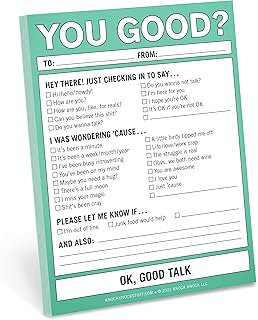
1-Count Knock Knock You Good? Nifty Note Pad, Supportive Check-in Memo N…
 Amazon$7.00
Amazon$7.00
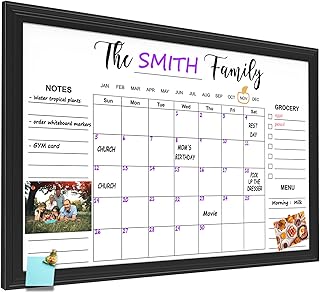
Dry Erase Calendar Whiteboard for Wall, 23.6″ × 35.4″ Magnetic Monthly a…
 Amazon$32.99
Amazon$32.999. Role-Playing Scenarios

Role-playing for twins helps them learn empathy and calm conflict at home.
You can stage short scenes that match moments at home.
Here is how to start:
– Choose situations: sharing toys, waiting for a turn, or solving a quarrel over a game.
– Switch roles: let each twin act as the other for a minute to feel a different point of view.
– Debrief right after: ask what they felt, what they learned, and what they would do next time.
Keep it simple.
Use space, a rug, and a timer to pace it.
With practice, twins gain social skills and have fun.
10. Encourage Problem-Solving
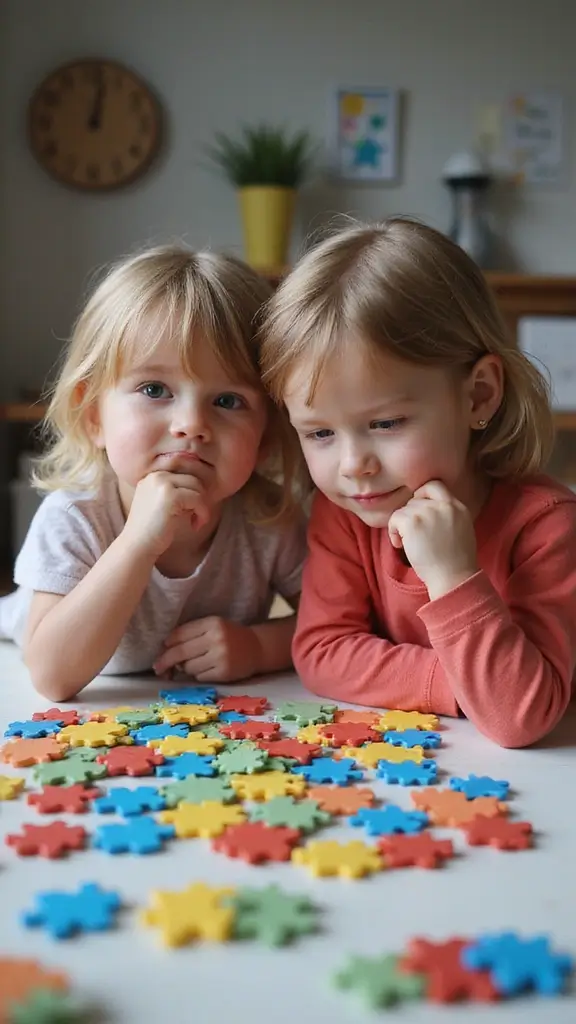
You want your twins to handle problems on their own. This builds independence and calm in tough moments.
– Model problem-solving: talk through small issues. Say what you see, what you think, and what you would do next.
– Ask guiding questions: lead them with questions like, “What could we try first?” and “What’s another option?”
– Celebrate their ideas: praise effort, not just the winner. Let them know their plan matters.
With practice, they learn to weigh choices, predict consequences, and fix hiccups before they flare. They feel capable, not stuck.
You gain calmer moments, too. Start today with a simple problem at snack time.
10. Encourage Problem-Solving
Editor’s Choice
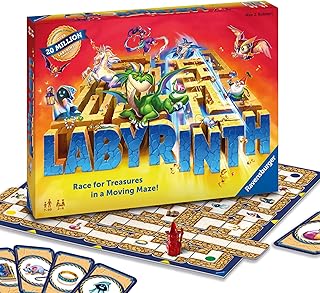
Ravensburger Labyrinth Board Game – A Strategic Maze Challenge for Famil…
 Amazon$29.66
Amazon$29.66
The Boo-Boo Book: an Interactive Storybook with 36 Reusable Bandage Stic…
 Amazon$9.29
Amazon$9.2911. Use a Timer for Activities
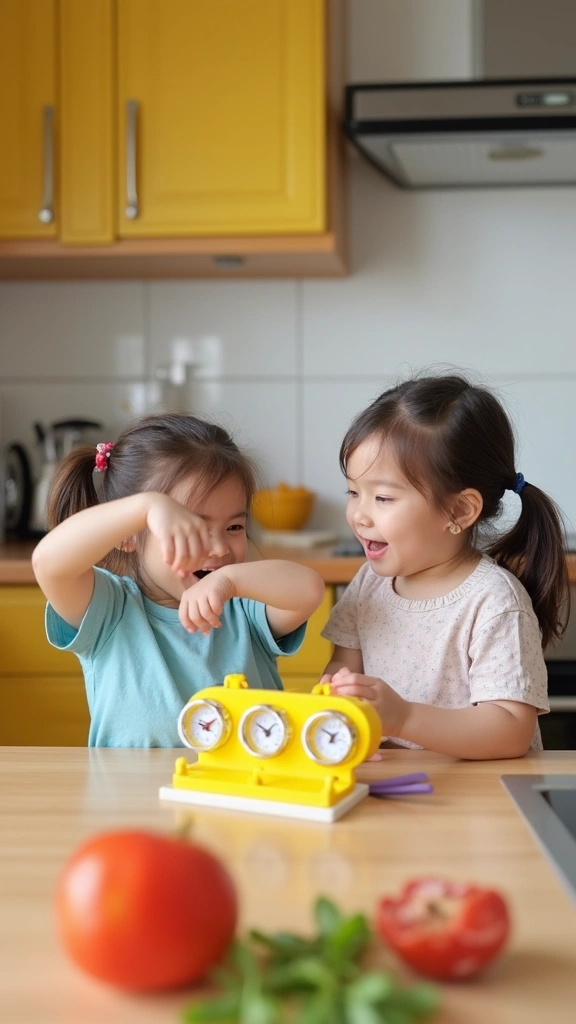
Twin transitions can be tough too.
A timer helps you cut fuss and tag a clear pace to play and chores.
Here is why it works and how to use it with twins.
– Set clear time limits: Say, “You have 10 minutes to play before cleanup.” Short, simple, steady.
– Make it a game: See who can finish first before the timer rings. Gentle bragging can spark friendly, calm effort.
– Praise timely transitions: Tell them, “Nice job switching tasks when the timer beeped.” Positive words stick.
With practice, kids learn to judge time, finish tasks, and share the space with respect.
11. Use a Timer for Activities
Editor’s Choice

Antonki 2 Pack Digital Timer for Kids, Magnetic Countdown Kitchen Timers…
 Amazon$4.97
Amazon$4.97
Yunbaoit Visual Timer with Night Light, 60-Minute Countdown Timer for Ki…
 Amazon$14.98
Amazon$14.9812. Create a Calm-Down Space
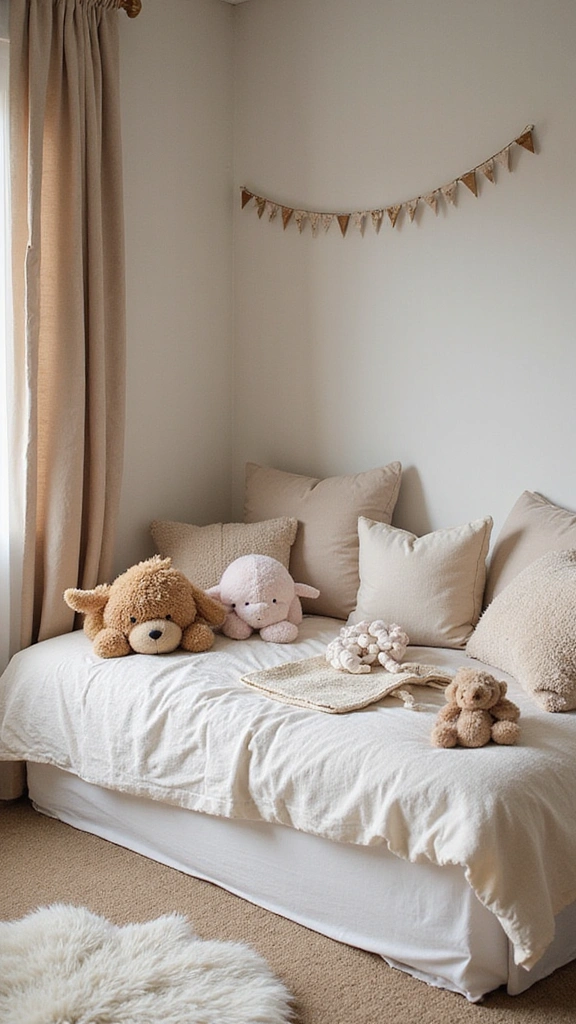
You’re helping twins learn to calm down fast. A calm-down space gives them a safe place to reset when emotions run high.
Here is how to set it up:
– Choose a cozy corner: soft pillows, a comfy blanket, a small lamp, and a few quiet toys.
– Make the rule clear: this space is for cooling off, not punishment.
– Teach the routine: when upset, take three slow breaths, name the feeling, and rejoin when ready.
– Add simple cues: a timer or gentle chime signals it’s time to use it.
The benefit? They practice self-regulation, stay in control longer, and feel heard.
12. Create a Calm-Down Space
Editor’s Choice

COOVA Kids Throw Blanket 50×60 Inch – Cartoon Fleece Throw, Toys for 2 3…
 Amazon$11.99
Amazon$11.9913. Introduce Conflict Resolution Techniques

If you have twins, you know they argue. Teach conflict skills, not punishment. These tools help them solve fights.
– Model language: Use simple phrases like “I feel upset when…” and “Please, can we take turns?” Speak calmly so they hear how words work. This teaches them to name feelings.
– Role-play conflicts: Set up scenes with toys. Stop and practice a fair solution. Have them swap roles so they feel both sides.
– Encourage empathy: Ask them to picture the other twin’s view. Let them explain how their words landed. This grows care.
With these steps, twins gain skills for disagreements.
13. Introduce Conflict Resolution Techniques
Editor’s Choice


MEROCO Feelings Emotions Cards for Kids Therapy, Realistic Picture Cards…
 Amazon$9.99
Amazon$9.99
Bringing Home Twins: A parenting guide for having twins from pregnancy t…
 Amazon$8.99
Amazon$8.9914. Establish Consistent Routines
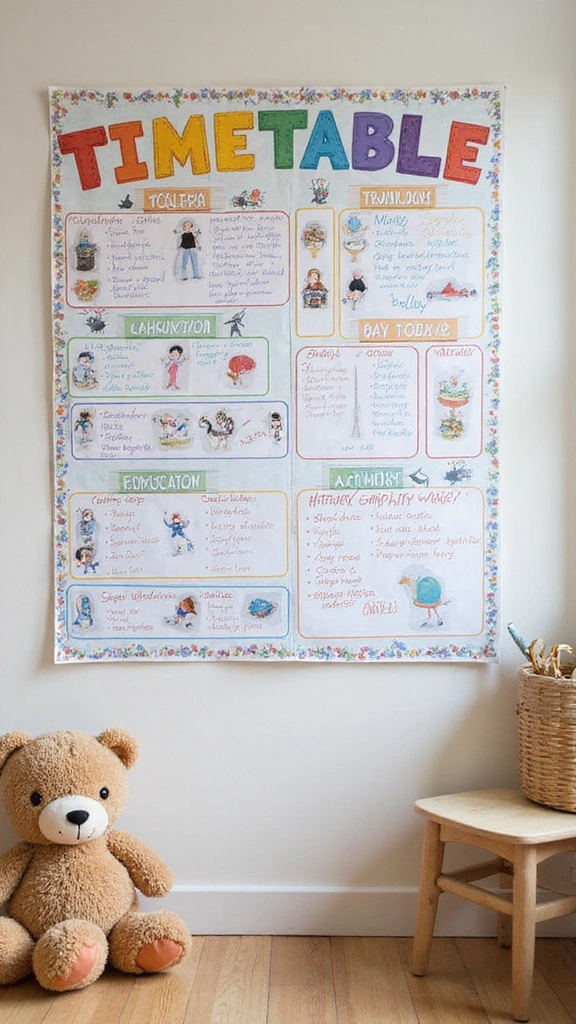
Your twins thrive when the day is predictable. A routine lowers chaos and helps you set expectations.
Here is how to build one:
– Visual schedule: Use pictures for wake, meals, play, bath, and bed. Post it at kid level and let them point to the step they’re doing.
– Consistency: Pick fixed times for meals, naps, and bedtime. Keep them the same on weekends.
– Involve them: Let your twins help pick activities, and remind them what comes next. Use calm words and praise when they switch tasks.
Why it helps: routines cut back on meltdowns and make discipline easier to follow.
15. Encourage Sharing through Play
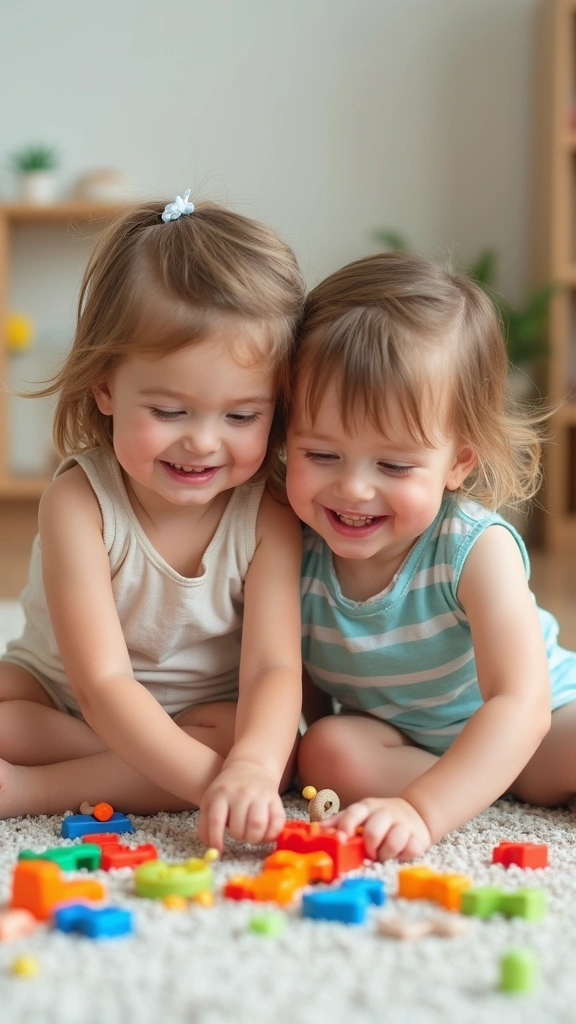
If your twins fight over toys, use play to teach sharing. You guide, they practice, and the grip of rivalry loosens.
– Team games: Build blocks together or play a two‑player puzzle. Sharing the goal keeps both kids in the game.
– Turn-taking: Set a short timer and swap players. This builds patience and respect during play.
– Shared projects: Create one big art piece. Each twin adds ideas and proud cooperation grows.
– Role swaps: Let each child lead a part. They learn to share influence and listen.
With practice, sharing becomes natural in play and helps calm everyday moments.
15. Encourage Sharing through Play
Editor’s Choice

Melissa & Doug Wooden Building Blocks, 100-Piece Set of Sorting & Stacki…
 Amazon$21.97
Amazon$21.97
Hidden Pictures® Two-Player Puzzles (Highlights™ Hidden Pictures® Two-Pl…
 AmazonCheck Price
AmazonCheck Price
DLUCKY 208 PCS Art Supplies, Drawing Art Kit for Kids Adults Art Set wit…
 Amazon$22.99
Amazon$22.9916. Use Gentle Reminders
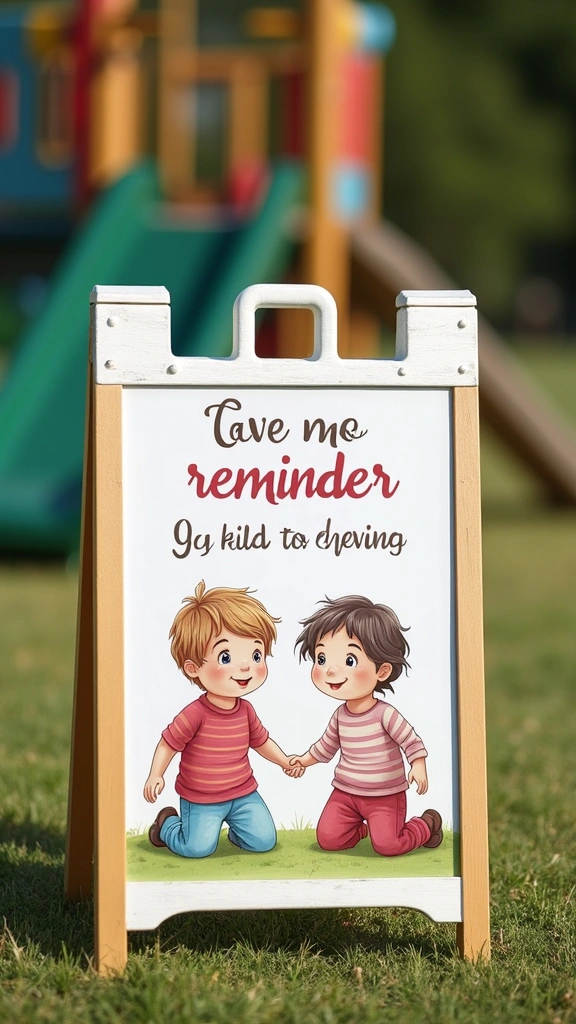
If your twins drift from the rules, guide them with calm words. Gentle reminders teach patience and keep your day going smoothly.
– Visual cues: place a small “share” sign near toys. Use color cards for turns. A timer shows when a turn ends.
– Soft verbal nudges: speak in a steady, kind tone. Short reminders work best, like “Your turn is next.”
– Check-ins: pause to ask how they feel. If they need help, offer it.
With gentle reminders, cooperation grows and fights fade. You create a calmer home where twins learn to wait, share, and listen. It works well. Every day.
16. Use Gentle Reminders
Editor’s Choice

TIME TIMER 8 inch Visual Timer – 60 Minute Desk Countdown Clock with Dry…
 Amazon$20.96
Amazon$20.96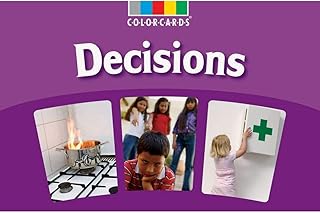

Room Retro Tin Metal Signs Cute Potted Plants Desk Decor therapy office …
 Amazon$8.99
Amazon$8.9917. Leverage Positive Peer Influence
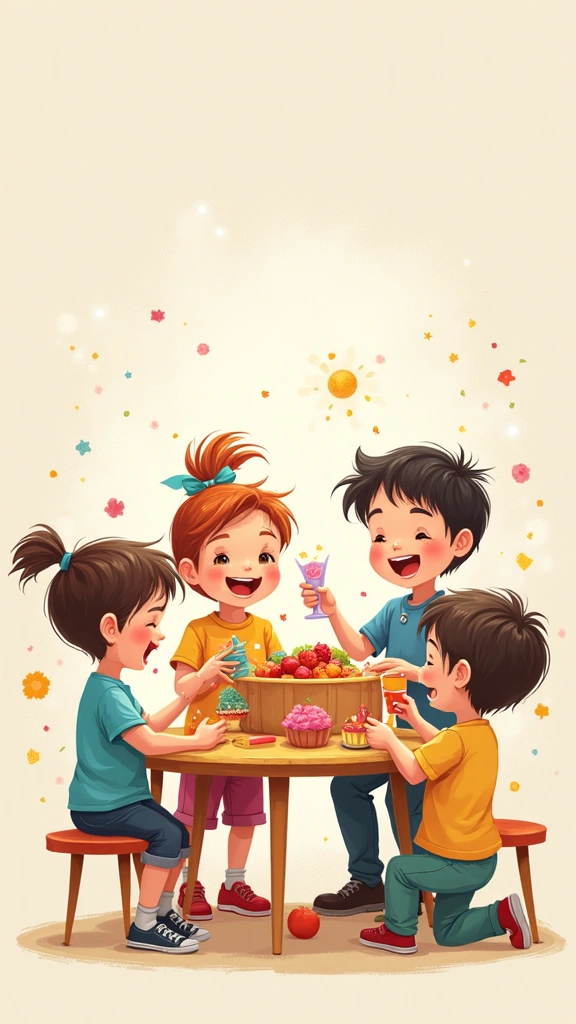
Your twins learn fast by watching others. Positive peer influence can guide their choices without nagging. Here’s how to use it.
Why this helps Seeing friends behave well sticks with kids.
– Plan playdates with friends who model calm, kind behavior. Short, friendly sessions work best.
– Add group activities that require sharing and listening. Turn taking and teamwork show up in play.
– Praise the peers and your twins when you see good behavior. A quick, specific compliment helps them imitate it.
Keep an eye on vibes. Choose children who lift each other up, not kids who push limits. Next steps: start with one simple playdate this week. You can adjust as needed.
17. Leverage Positive Peer Influence
Editor’s Choice

Hasbro Gaming Candy Land Kingdom of Sweet Adventures Board Game for Kids…
 Amazon$9.99
Amazon$9.99
Garbuildman Tetherball Set with Ball & Rope for Outdoor Backyard, Adjust…
 Amazon$39.99
Amazon$39.99
Raising Good Humans: A Mindful Guide to Breaking the Cycle of Reactive P…
 Amazon$10.79
Amazon$10.7918. Emphasize Empathy and Kindness

Twins often chase the same attention. When you teach empathy, you cut fights and build a home. Here is how to make it real.
– Model kindness: Let them see you act with care. Hold the door, share a snack, say sorry when you slip up. Kids notice acts.
– Talk about feelings: In calm moments, name what you see. Say, “You seem upset. What happened?” Listen closely. Invite them to name how others feel.
– Do simple service: Choose easy tasks you can do together. Plant a seed, bake treats for a neighbor, pick up litter after play.
Empathy grows. Both kids feel seen and valued.
19. Make Use of Natural Consequences

If your twins argue over sharing, natural consequences can teach fast. You let the scene unfold and you stay calm.
– Let minor consequences happen: If they won’t share, let the friend play alone for a few minutes. The moment helps them feel the cost of their choice.
– Discuss afterward: Sit with them and ask simple questions. What happened? How did it feel? What could you do next time?
– Be supportive: Remind them you’re there to guide, not shame. Help them plan a kinder move next time.
This approach builds accountability and shows why actions matter. That small shift changes how they handle conflicts.
19. Make Use of Natural Consequences
Editor’s Choice


No-Drama Discipline: The Whole-Brain Way to Calm the Chaos and Nurture Y…
 Amazon$14.76
Amazon$14.76
MEROCO Feelings Emotions Cards for Kids Therapy, Realistic Picture Cards…
 Amazon$9.99
Amazon$9.9920. Celebrate Small Wins

You want twins who feel seen and capable. Celebrate small wins to build trust and momentum.
– Verbal praise: Name the effort. Say what you saw and why it helps. Quick, specific words go far.
– Mini celebrations: A tiny party for a task done well. A quick dance, a sticker, a high five.
– Celebration rituals: Create a simple routine you repeat. A family clap or a high five after each success.
This works because small wins teach your twins to try again. Try these today. Keep it simple and steady. The goal is trust and momentum. Start today and watch them grow more confident. Celebrating small wins builds confidence and creates a positive vibe at home.
Celebrate the small wins! Every high five and mini celebration teaches your twins they’re capable. Trust builds momentum, and soon, they’ll be on a roll!
20. Celebrate Small Wins
Editor’s Choice

Utron 80 Pack Reward Chart for Kids, Incentive Chart Behavior Chart for …
 Amazon$7.99
Amazon$7.99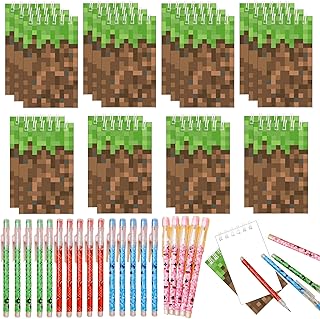
40 PCS Pixel Theme Party Favors | Mini Party Supplies 20 Pencils & 20 Mi…
 Amazon$24.99
Amazon$24.99
Sorry! Kids Board Game, Family Board Games for Kids and Adults, 2 to 4 P…
 Amazon$8.99
Amazon$8.9921. Foster Open Communication
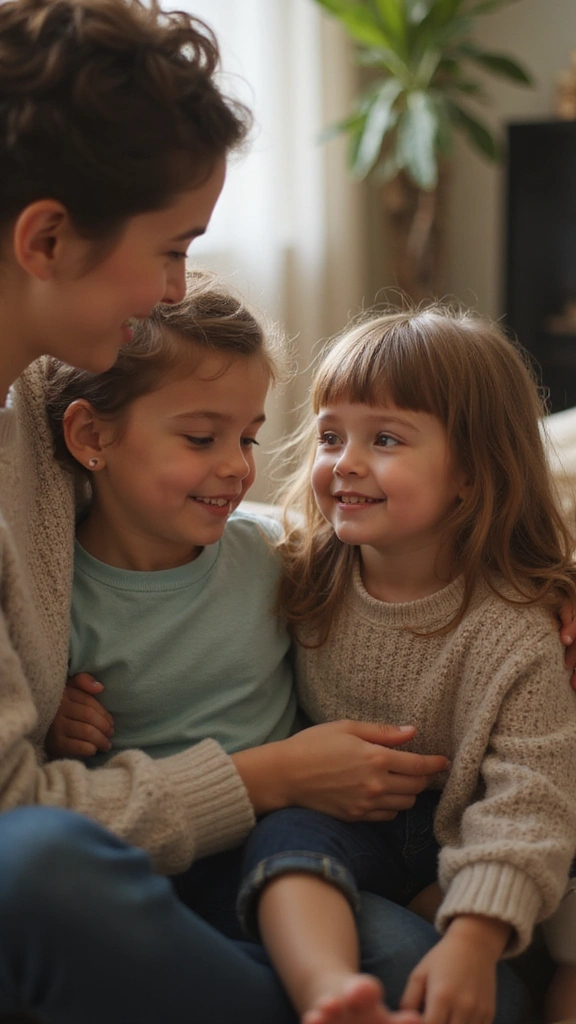
You want your twins to talk openly without fear. That starts with a safe space.
– Create time where they can speak up. Sit close and listen.
– Listen actively. Nod, name feelings, and repeat what you hear in your own words.
– Invite sharing. Ask questions about how they felt.
Add steps you can use:
– Use I statements like, “I feel worried when you argue,” to model calm talk.
– Reflect after a talk. Say what you heard and what you’ll do next.
– Set a regular check-in.
Open communication with twins builds trust and guides calm discipline.
Open communication lays the foundation for trust. When you model calm, active listening, you invite your twins to share their feelings – creating a safe space for harmony to thrive!
21. Foster Open Communication
Editor’s Choice

200 Family Conversation Cards – Put Down The Phones & Connect with Famil…
 Amazon$29.97
Amazon$29.97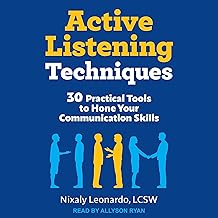
Active Listening Techniques: 30 Practical Tools to Hone Your Communicati…
 AmazonKRW 0
AmazonKRW 0
9 Calming Corner Posters Classroom, Calm Down Corner Feelings Chart for …
 Amazon$12.99
Amazon$12.9922. Use Visual Aids for Understanding
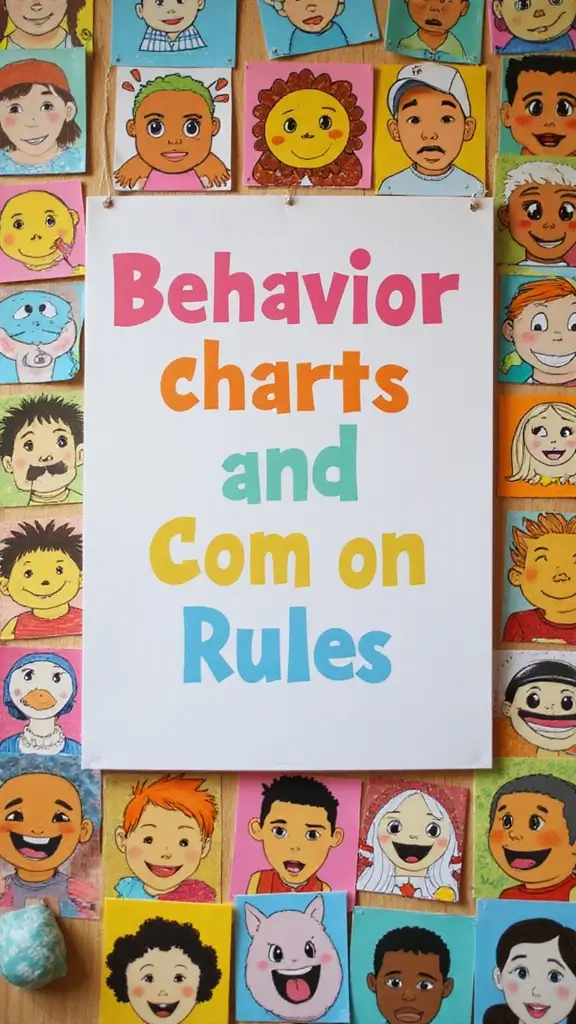
Struggling to make rules stick with your twins? Visual aids help. They turn vague ideas into things your kids can see and follow.
Here is why and how to use them:
– Behavior charts: A small chart with three simple actions and the rewards or rules.
– Emotion cards: Show faces for happy, worried, and mad. Have your twins name the feeling.
– Picture schedules: A simple daily plan with pictures for meals, school, and chores. This keeps routines predictable.
Start small. Pick one chart, add two pieces your kids love, and review weekly.
Visual aids are the secret sauce for effective twin discipline. Make rules visible, and watch your twins turn understanding into action – it’s a game changer!
22. Use Visual Aids for Understanding
Editor’s Choice
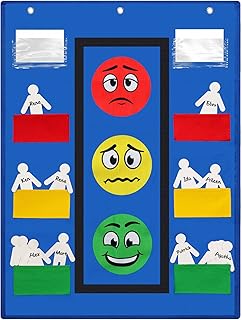
Panelee Classroom Behavior Chart Stoplight Behavior Pocket Chart for Kid…
 Amazon$18.99
Amazon$18.99
Emotional Intelligence Card Deck – Master Your Emotions with 156 Emotion…
 Amazon$44.99
Amazon$44.99
Godery Large Visual Schedule for Kids Chore Reward Chart,Bedtime Routine…
 Amazon$19.99
Amazon$19.9923. Practice Patience

If you parent twins, you know patience is your best tool. Discipline works best when you stay calm. Here is why patience helps: you model control, reduce fights, and make lessons feel safe.
Ways to practice patience:
– Take deep breaths: breathe in slowly through your nose, out through your mouth. It lowers tension for you and them.
– Give them time: let each twin process what you say at their own pace.
– Reflect together: after a tough moment, pause, then talk in simple words about what happened and what to do next.
Patience creates a peaceful space where discipline sticks and twins feel respected.
23. Practice Patience
Editor’s Choice

4E’s Novelty 3 Pack Expandable Breathing Ball Sphere Toy – Expanding Str…
 Amazon$19.99
Amazon$19.99
No-Drama Discipline: The Whole-Brain Way to Calm the Chaos and Nurture Y…
 Amazon$14.76
Amazon$14.76
The Calm Down Jar: A Social Emotional, Rhyming, Early Reader Kid’s Book …
 Amazon$12.74
Amazon$12.7424. Encourage Self-Reflection

To calm daily life with twins, help them see why they acted. Self-reflection helps them grow and own their choices.
– Post-incident discussions: after a squabble, sit at the table. Let each child say what happened and how it felt. Name the feelings. Ask, What could you do differently next time?
– Journaling together: set up a simple journal. They can draw or write a line about the day. Review it weekly and talk about what they learned.
– Encourage questions: prompt them with questions like, How did your action affect the other, or What would you do if you were in their shoes?
This builds emotional intelligence and accountability for better choices tomorrow.
24. Encourage Self-Reflection
Editor’s Choice

My Emotions Journal: Feelings Journal For Kids And Teens – Help Children…
 Amazon$8.99
Amazon$8.99
Lachilly Emotions Learning Flashcards, High Frequency Words, Beginning R…
 Amazon$6.99
Amazon$6.99
200 Family Conversation Cards – Put Down The Phones & Connect with Famil…
 Amazon$29.97
Amazon$29.9725. Seek Support When Needed

Twins can wear you out. It is normal to feel overwhelmed.
You do not have to go it alone.
Support helps in real life. It gives you tips and a listening ear.
Ways to find support
– Join twin forums or local meetups. Trade tips, ask questions, learn fast.
– Ask your pediatrician for a referral to a child psychologist or family counselor.
– Talk with other twin families. Share nap schedules, feeding tips, gear ideas.
Remember, you are not alone. Reaching out can ease days.
Next steps: pick one option this week and take a small first step, like posting or calling.
25. Seek Support When Needed
Editor’s Choice
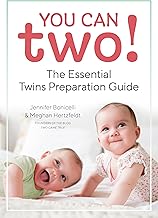


Consejería Cristiana Familiar Nivel 1 Cuaderno de Trabajo: Biblical Fami…
 Amazon$17.50
Amazon$17.50Conclusion

The journey of parenting twins comes with unique challenges, but with the right discipline techniques, it can also be incredibly rewarding. By implementing these 25 strategies, you’re not just disciplining; you’re nurturing strong, individual relationships with your twins while guiding them towards positive behavior and emotional intelligence.
Remember, patience, understanding, and creativity are your best allies as you navigate this extraordinary adventure. Embrace the chaos, cherish the little moments, and keep experimenting with what works best for your family!
Note: We aim to provide accurate product links, but some may occasionally expire or become unavailable. If this happens, please search directly on Amazon for the product or a suitable alternative.
This post contains Amazon affiliate links, meaning I may earn a small commission if you purchase through my links, at no extra cost to you.
Frequently Asked Questions
What Are the Best Twin Discipline Techniques for Reducing Sibling Rivalry?
Reducing sibling rivalry among twins can be achieved through various techniques. Establishing individuality by treating each twin as a unique person is essential. You can also create a joint set of rules to help them feel responsible for their actions, and fostering teamwork encourages them to solve problems together. Implementing these techniques consistently can significantly reduce conflicts and improve their bond.
How Can Positive Reinforcement Be Used Effectively with Twins?
Positive reinforcement is a powerful tool for encouraging good behavior in twins. By catching them being good and providing specific praise, you highlight the behaviors you value. This method not only boosts their confidence but also helps them associate good behavior with positive outcomes. Remember, the key is to be genuine and consistent in your praise to reinforce their learning effectively.
What Strategies Can Help Twins Transition Between Activities Smoothly?
Transitions can be tricky with twins, but using a timer for activities can create a clear structure. Set time limits for play and chores, and communicate these limits in advance. This way, they know what to expect and can adjust their behavior accordingly. Additionally, establishing consistent routines helps lower chaos and sets clear expectations, making transitions feel more manageable for everyone.
How Can Storytelling Be Used as a Discipline Technique for Twins?
Storytelling can be an engaging way to teach important lessons to your twins. By personalizing stories that reflect their experiences, you make the lessons relatable and memorable. For instance, if they struggle with sharing, create a story about characters who learn the value of sharing. This method not only entertains but also reinforces desirable behavior by making the lessons stick in their minds.
What Are Some Tips for Establishing Open Communication with Twins?
Establishing open communication with your twins is vital for nurturing their emotional intelligence. Create a safe space where they feel comfortable expressing their feelings and thoughts. Schedule regular times to sit down and listen actively, showing them that their voices matter. Use active listening techniques—like nodding and repeating back what they say—to encourage them to share more openly and build trust.
